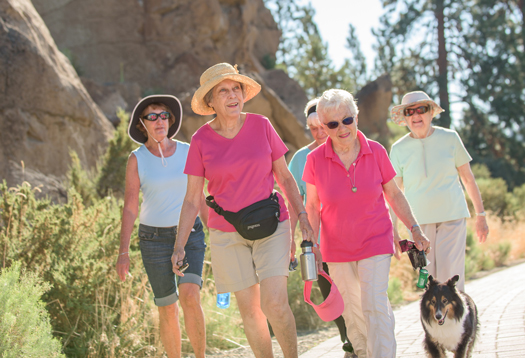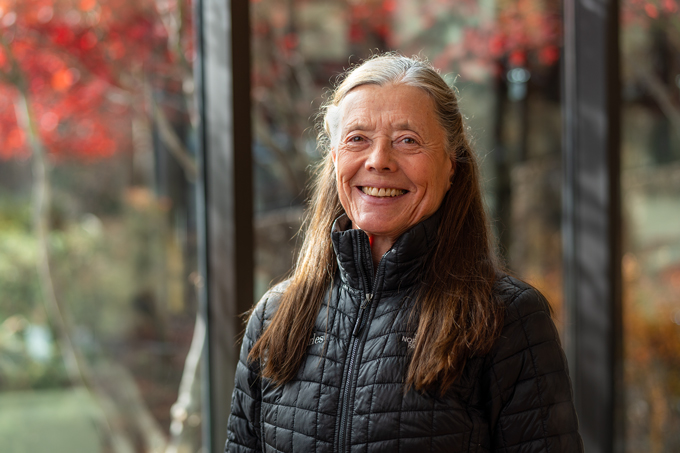After three years of life with COVID-19, the short- and long-term mental health effects of the pandemic continue to ripple through our community, as they will for years to come.
Specifically, the social isolation and separation from loved ones caused by the virus has led to feelings of loneliness, depression and other associated health issues for many people. As we navigate what our world will look like with COVID-19 circulating, we must find ways to reconnect and reunite as a community.
That’s why St. Charles Health System has chosen to focus efforts on reducing feelings of loneliness and social isolation while fostering a sense of belonging as its community benefit priority for the 2023-2025 funding cycle.
“Our previous priority focus of alcohol misuse prevention was sidelined due to the pandemic,” said Carlos Salcedo, manager of community partnerships for St. Charles. “This cycle we are going to focus more upstream in two ways: By addressing the many mental health conditions that begin with feelings of being alone or not fitting in. And by providing new ideas and outlets for individuals to join in community with one another.
“We have learned that engaging with the community is an effective way to help St. Charles meet its vision of creating America’s healthiest community, together and are excited to roll this work out,” Salcedo said.
The U.S. Centers for Disease Control and Prevention defines loneliness as the feeling of being alone, regardless of the amount of social contact, and social isolation as a lack of social connections. Social isolation can lead to loneliness in some people, while others can feel lonely without being socially isolated.
Loneliness has broader implications for our mental and physical health, too. It can lead to depression, a growing problem in the United States. Among older adults, loneliness increases the risk of developing dementia, slows down walking speeds, interferes with their ability to take care of themselves and increases their risk of heart disease and stroke. Loneliness is even associated with dying earlier. Among adolescents and young adults, loneliness increases the likelihood of headaches, stomach aches, sleep disturbances and compulsive internet use. Chronic loneliness is said to have similar impacts on health as smoking a pack of cigarettes a day.
“We are increasingly seeing that loneliness and depression are root causes of a number of health problems and societal problems, and the pandemic has only exacerbated that issue,” said Molly Wells Darling, administrative director of Behavioral Health Services for St. Charles. “If we can help people feel less lonely by connecting with others and becoming part of a community, we know that Central Oregon will be healthier community.”
St. Charles leadership believes access to mental health care is a major need in Central Oregon. As part of the Community Benefit program, the health system will partner with local organizations working to address loneliness, social isolation and belonging in an effort to capitalize on the energy that surrounds the subject. The Community Benefit department will dedicate grant dollars to groups that are trying to provide opportunities to decrease feelings of loneliness and social isolation in communities across the region. Exactly how that looks will be up to the individual communities, Salcedo said.
“Our hope is that each community will choose where to focus their time and energy around this issue. Maybe one will focus on older adults while another focuses on supporting youth or new parents finding community,” he said. “St. Charles may find itself supporting communities in a variety of ways, such as offering financial assistance for projects identified by the community or providing relevant research to enable people to move forward in redefining what it means to be part of a community in Central Oregon.”
Reducing feelings of loneliness and social isolation while fostering a sense of belonging was identified as a priority based on the most recent Community Health Needs Assessment, which brought together population health data, input from community members, community survey results and analysis of available community resources to address health needs.
May 1 Press Release





